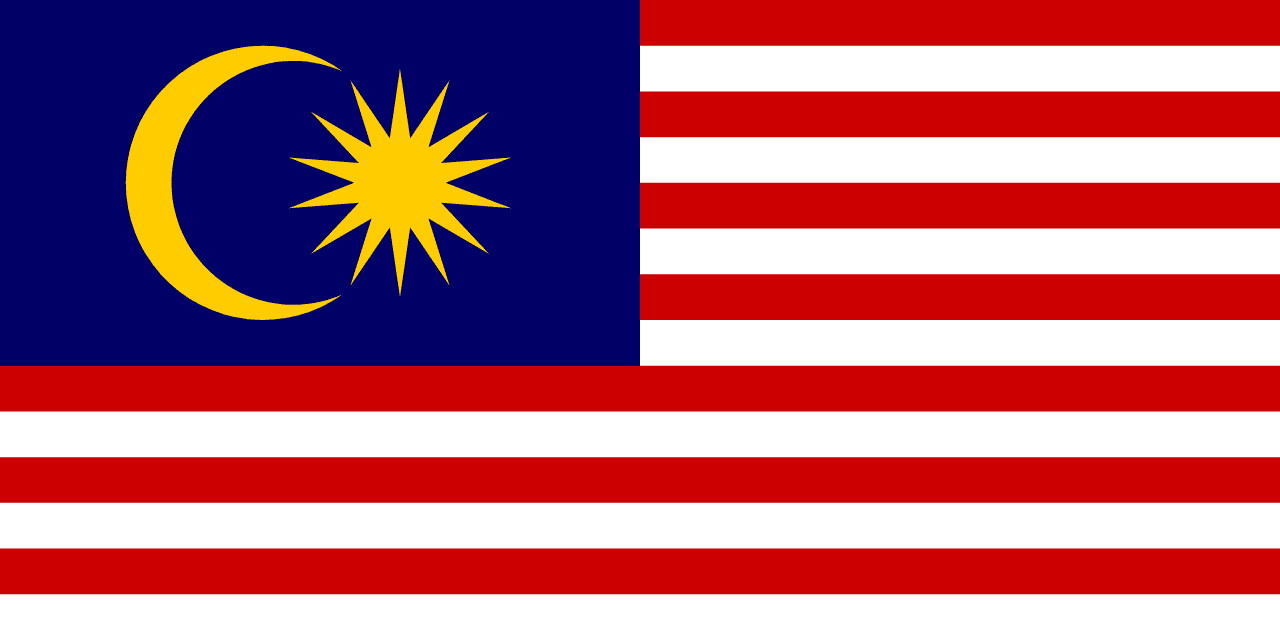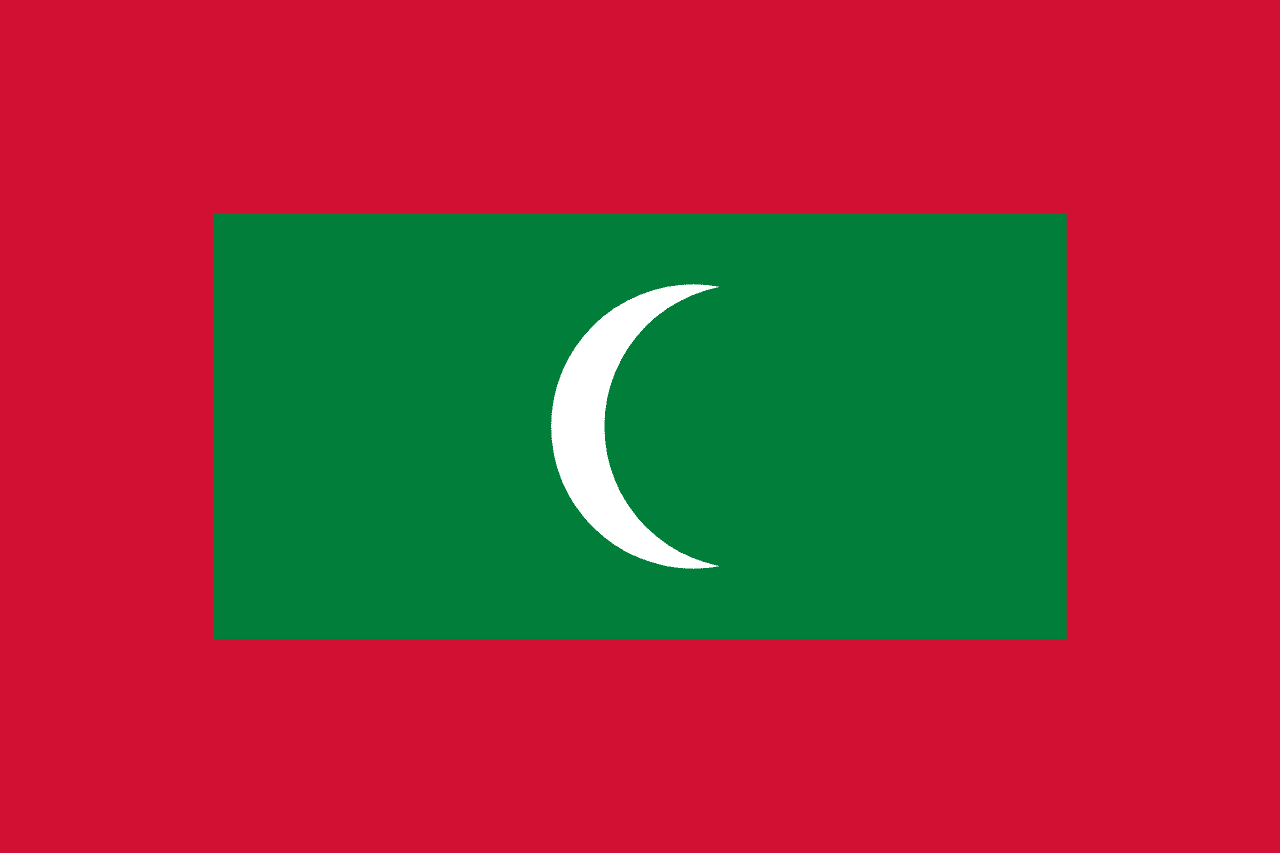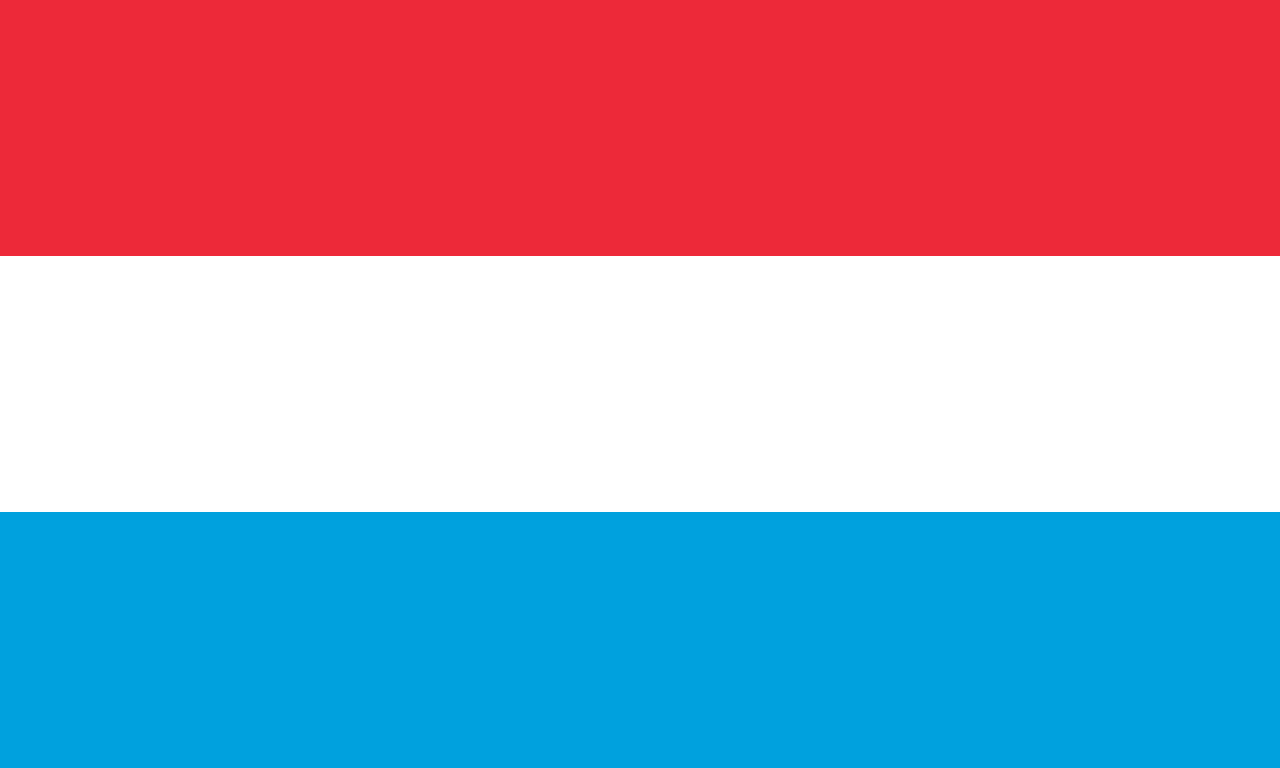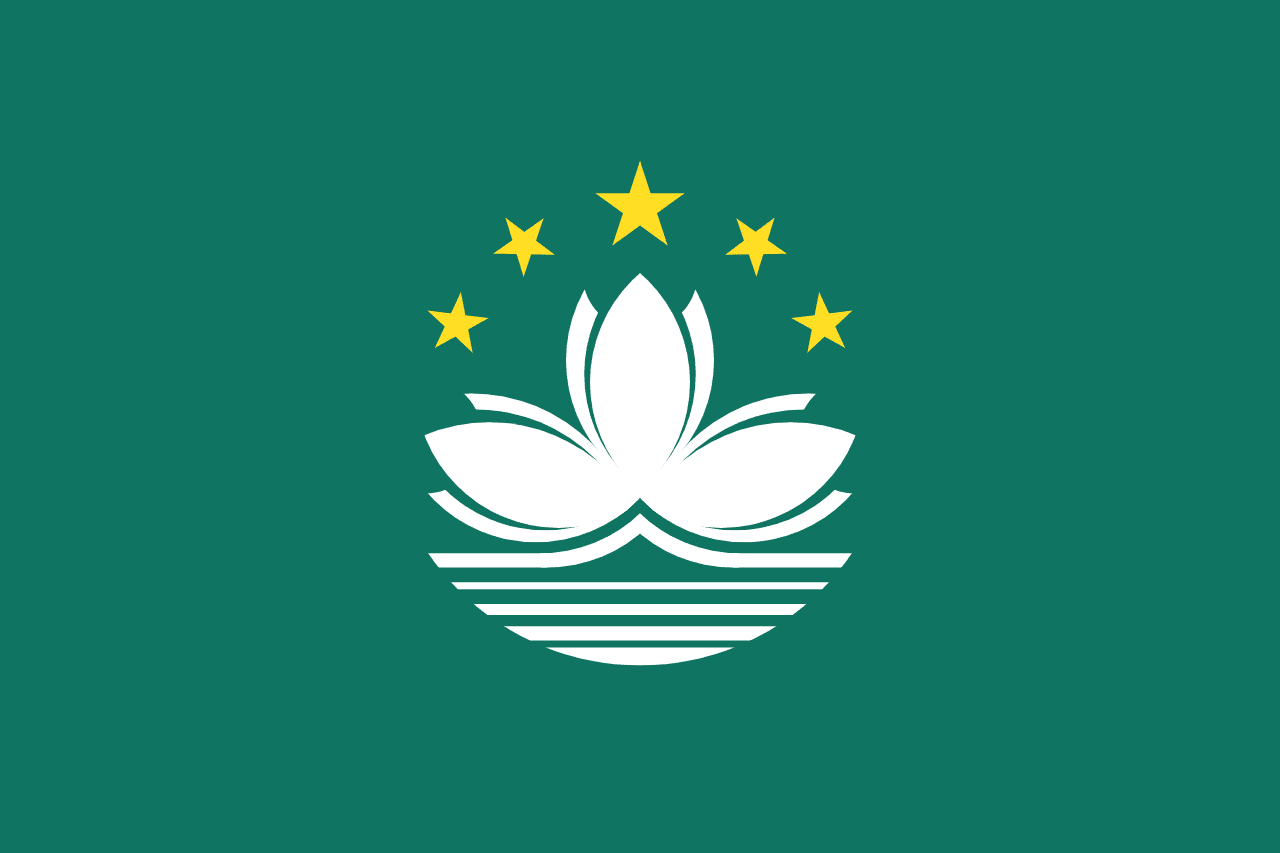The flag of Madagascar consists of a vertical white stripe on the hoist side and two horizontal stripes of red and green. This distinctive design encapsulates Madagascar's rich history, cultural values, and national aspirations.
Madagascar information
| National Flag Day | — |
| Sovereign state | Yes |
| Official name | Republic of Madagascar |
| Capital | Antananarivo |
| Population | 28,427,328 |
| Area | 587,041 km² |
| Currency | Malagasy ariary (MGA) |
| Language | Malagasy, French |
| Continent | Africa |
| Region | Eastern Africa |
| Subregion | Indian Ocean islands |
| Borders | — |
| Timezone | East Africa Time (EAT) UTC+3 |
| Calling code | +261 |
| Top-level domain | .mg |
History of the Malagasy Flag
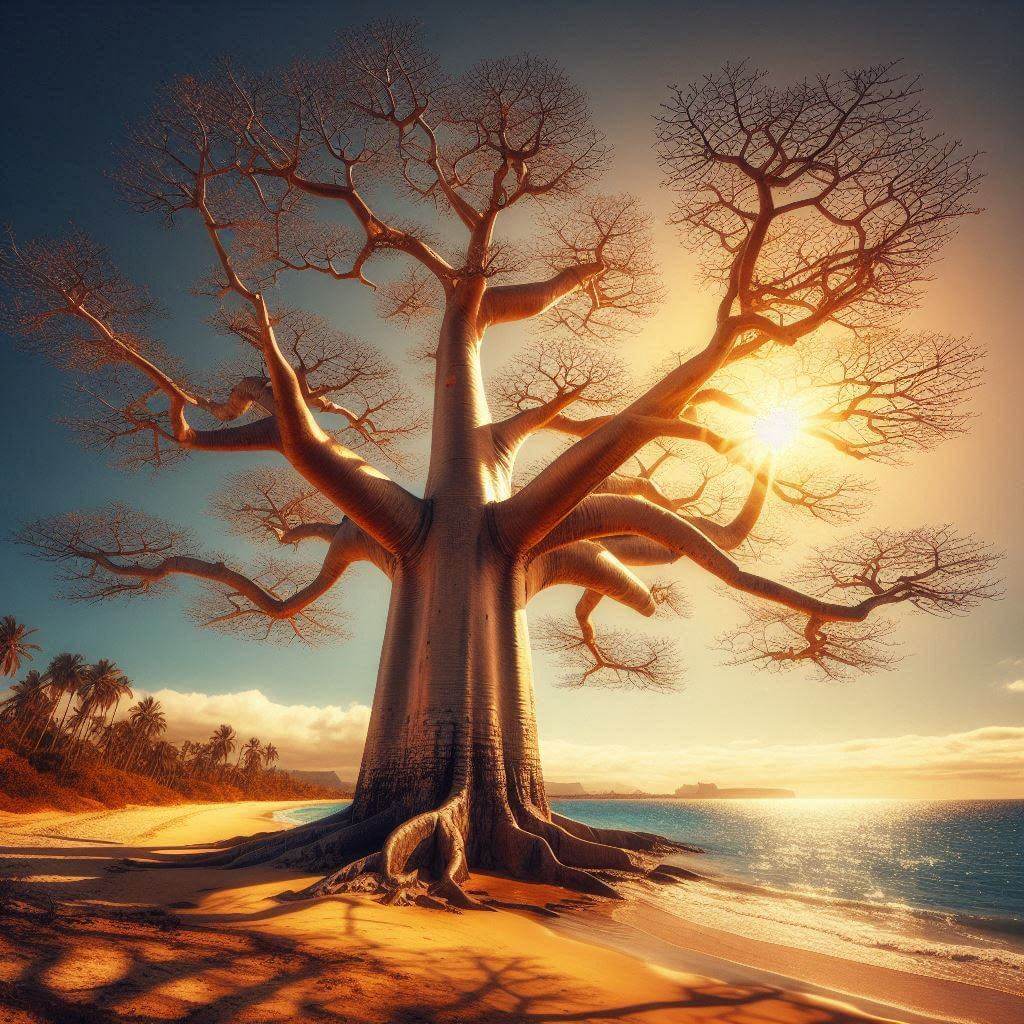 The current flag of Madagascar was officially adopted on October 14, 1958, two years before the country gained full independence from France in 1960. However, its origins can be traced back to the Merina Kingdom, which ruled much of Madagascar in the 19th century. The kingdom used a flag with red and white horizontal stripes. When Madagascar became a French protectorate in 1885, the flag was modified to include a white canton with the French tricolor. The current design, created in 1958, was a deliberate departure from colonial symbols, representing Madagascar's move towards independence and national identity.
The current flag of Madagascar was officially adopted on October 14, 1958, two years before the country gained full independence from France in 1960. However, its origins can be traced back to the Merina Kingdom, which ruled much of Madagascar in the 19th century. The kingdom used a flag with red and white horizontal stripes. When Madagascar became a French protectorate in 1885, the flag was modified to include a white canton with the French tricolor. The current design, created in 1958, was a deliberate departure from colonial symbols, representing Madagascar's move towards independence and national identity.
Symbolism and Design of the Malagasy Flag
Each element of the Malagasy flag carries deep symbolic meaning. The white vertical stripe on the hoist side represents purity, justice, and unity among the diverse Malagasy people. It also symbolizes the island's unique position off the east coast of Africa. The red horizontal stripe at the top represents sovereignty, strength, and the historical struggles for independence. Red was also a traditional color of the Merina monarchy. The green horizontal stripe at the bottom symbolizes hope, fertility, and the lush natural environment of Madagascar. It represents the island's unique biodiversity and the aspiration for a sustainable future. The vertical arrangement of the white stripe, differing from many tricolor flags, makes Madagascar's flag instantly recognizable and unique.
Usage and Significance of the Malagasy Flag
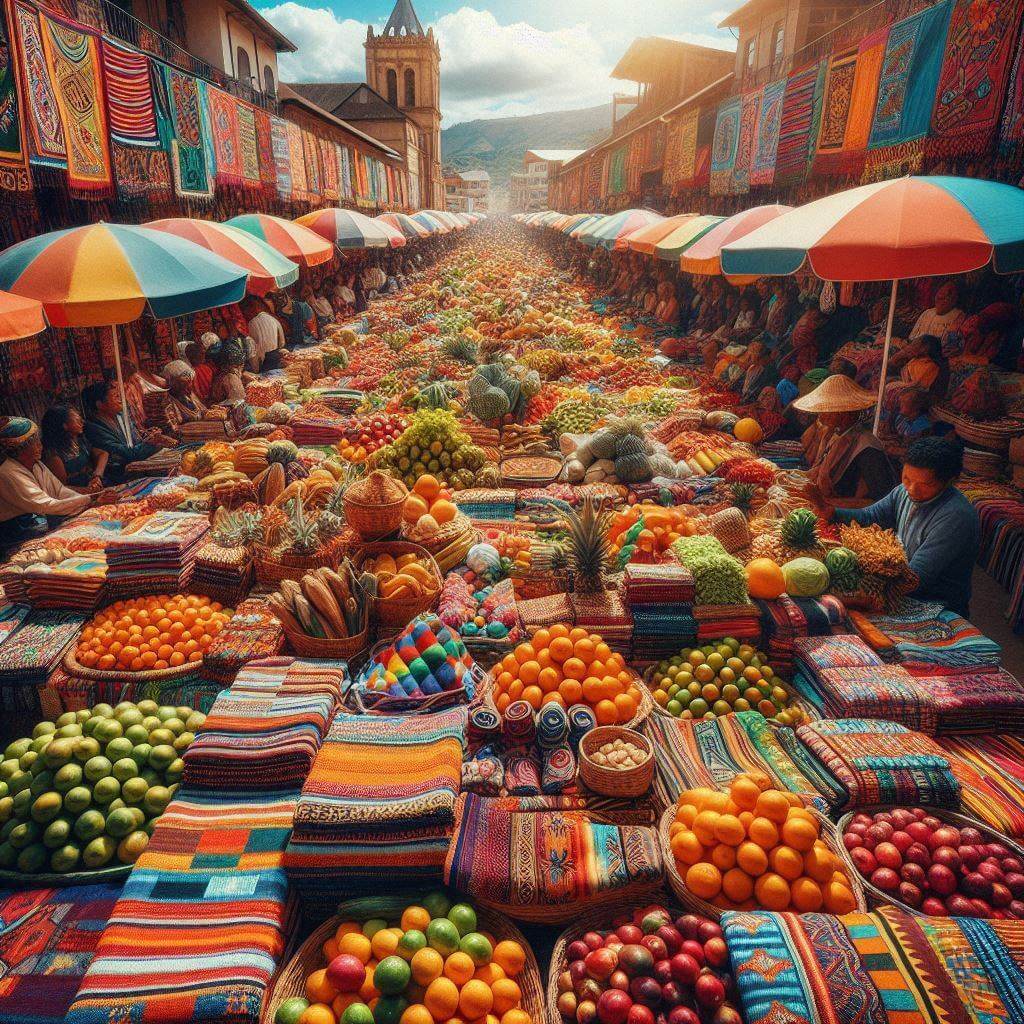 The flag of Madagascar is a source of national pride and is prominently displayed throughout the country. It flies on government buildings, schools, and during national celebrations such as Independence Day (June 26). The flag plays a crucial role in fostering unity among Madagascar's diverse ethnic groups and regions. In international contexts, the flag represents Madagascar in diplomatic settings, sports events, and cultural exchanges, symbolizing the country's sovereignty and its unique position as one of the world's biodiversity hotspots. During times of national significance, the flag serves as a rallying point for Malagasy people, embodying their shared heritage and aspirations for sustainable development and conservation of their unique natural resources.
The flag of Madagascar is a source of national pride and is prominently displayed throughout the country. It flies on government buildings, schools, and during national celebrations such as Independence Day (June 26). The flag plays a crucial role in fostering unity among Madagascar's diverse ethnic groups and regions. In international contexts, the flag represents Madagascar in diplomatic settings, sports events, and cultural exchanges, symbolizing the country's sovereignty and its unique position as one of the world's biodiversity hotspots. During times of national significance, the flag serves as a rallying point for Malagasy people, embodying their shared heritage and aspirations for sustainable development and conservation of their unique natural resources.
Interesting Facts About the Malagasy Flag
- Madagascar is the world's fourth-largest island and is home to numerous plant and animal species found nowhere else on Earth, a fact reflected in the green stripe of its flag.
- The flag's design is unique among African nations, with its vertical white stripe distinguishing it from other tricolor flags.
- During the colonial period, displaying the red and white flag of the Merina Kingdom was an act of resistance against French rule.
- The flag's colors are sometimes interpreted in relation to Madagascar's main ethnic groups: the white for the coastal people, the red for the Merina, and the green for the Betsileo.
- The proportions of the Malagasy flag are 2:3, with the white stripe taking up one-third of the flag's width.

